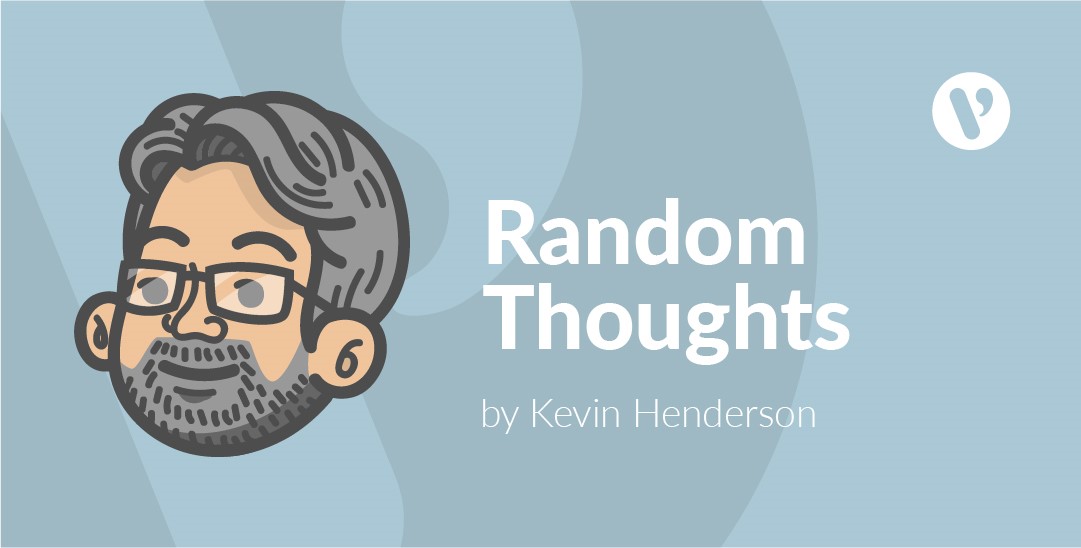Understanding Self-Management through Reflection
Understanding Self-Management
Self-management is really about controlling your reactions. Early in my career I remember being told that I would not be judged on my actions, but on my reactions. Things happen all the time and many of them are outside of our control — but what is in our control is how we react!
When I think of self-management I recall Thomas Jefferson, the third President of the United States, who is reported to have said, “If you are angry count to 10, if you are really angry count to 100.”
Our self-management (reactions) can be improved by reflecting.
Improving Self-Management through Reflection
Reflection involves describing, analyzing, and evaluating our thoughts and actions.
Donald Schon (who was a philosopher living in the first half of the 20th Century) introduced the notions of ‘knowing-in-action,’ ‘reflecting-in-action,’ and ‘reflecting-on-action’ in his influential books Educating the Reflective Practitioner and The Reflective Practitioner: How Professionals Think In Action. He was talking specifically about teachers, but his concepts can be used by all professions.
Let’s take his three concepts and examine them.
- Knowing-in-action is really the knowledge we have at our disposal as professionals — the things that make up our practice.
- Reflection-in-action can be thought of as thinking on your feet — those things you do in response to what happens in the workplace.
- Reflection-on-action is the retrospective thinking that reflective practitioners engage in at some time after the social interaction — in their office, during the drive home, or at home.
Many adult professionals are great at the first two processes — applying knowledge and thinking on their feet. Unfortunately, not as many reflect on their actions later. But this reflection is probably the most important of the three because it is through this reflective process that we can incorporate new found knowledge into our everyday work. These additional skills then allow us to think better on our feet as we deal with our day-to-day activities.
By reflecting on your actions, over time this practice will allow you to modify how you react to situations. It gives you heightened situational awareness. It allows you to modify the automatic behaviors you have when presented with various workplace situations.
Reflective Diary
A great way to add reflection to your work practice is keeping a Reflective Diary.
In this diary the description of particular events from your work experiences and your reaction to these events are recorded as soon as possible after they occur. You can then reflect upon them later.
Your reflective process can be used:
- To describe and evaluate key events in your work
- To engage in concentrated evaluation of recurring themes
- Reflect on what may have become habitual
- Develop and appraise actions taken
One great method for the reflective process is Gibbs’ Cycle of Reflective Thought, in which you ask yourself a series of questions:
- What were you thinking and feeling?
- What was good and bad about it?
- How can you make sense of it?
- What alternatives did you have?
- What would you do if it happened again?
I would propose adding one more step to the Schon model — Critical Reflection. This type of reflection involves dialogue with a mentor, co-workers, or family members. This could be thought of as reflection-on-reflection.
Kevin Henderson is manager of content creation at Velsoft Training Materials.



